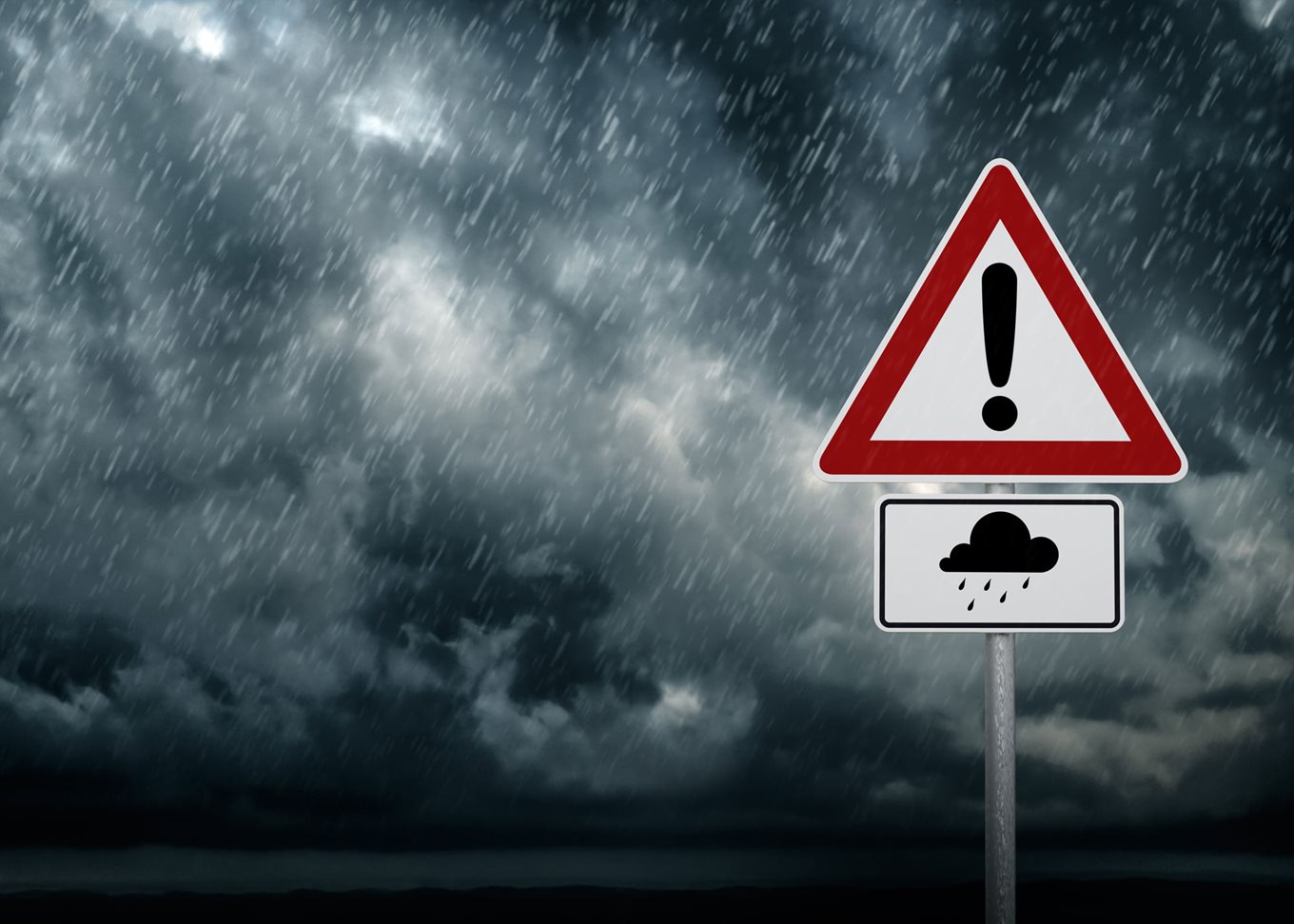Food safety in emergencies

When the power goes out or your kitchen is flooded, food safety becomes crucial to prevent foodborne illnesses. Follow these guidelines to keep your food safe during emergencies.
Keep your fridge and freezer cold
Keep doors closed as much as possible to maintain cold temperatures.
- A fridge will keep food cold for about 4 hours if unopened.
- A freezer will keep food frozen for about 24 hours if unopened.
Food safety in the fridge
After 4 hours without power, perishable foods should either be used immediately or thrown out. These include:
- Uncooked meat and poultry
- Cooked meats and leftovers
- Dairy products (milk, cheese, yogurt)
- Pre-prepared salads
- Other high-risk items like ready-to-eat meals and chilled desserts
Do not taste food to check if it's safe - harmful bacteria can grow even without a change in smell or taste.
Items not requiring refrigeration remain safe:
- Canned drinks
- Unopened sauces such as soy sauce, vinegar-based hot sauces, some ketchups, and jam (Always check the label)
- Uncut fruit and vegetables
Food safety in the freezer
If your freezer loses power, the length of time food stays frozen depends on several factors, including how full your freezer is—tightly packed freezers retain cold longer—and the efficiency of your appliance.
What to do If the power goes out
- If power is restored within 24 hours: Keep the freezer door closed as much as possible. Food should remain frozen.
- If power has been out for more than 24 hours: when the power comes back, check food individually before deciding whether to refreeze or discard it.
Safe to refreeze
- Raw meat, poultry, fruit, and vegetables that still contain ice crystals and feel cool to the touch.
Must be discarded
- Baked goods with cream icing or filling
- Puddings and ice cream
- Cooked foods and shellfish that have thawed and been above 5°C for more than two hours.
When in doubt, throw it out. If you are unsure whether food is safe, it is better to discard it than risk food poisoning.
What to do if your home has been flooded
- Floodwater may contain harmful bacteria from sewage, animal waste or overflow from drains.
- Throw away any food that has come into contact with flood water.
- Clean and disinfect work surfaces, crockery, utensils and cooking equipment.
- Clean and disinfect the inside of your fridge and food cupboards.
- Replace any badly chipped or damaged work surfaces, plates etc. Any bacteria present may be very difficult to remove.
What to do if your water supply is contaminated
- If your drinking water supply has been contaminated, boil and cool it before drinking it or using it in food preparation.
- Cooled boiled water or bottled water may be used for brushing teeth, washing food, cooking and making ice.
- Wash your hands well and often. Use water from water tankers if provided, or bottled water, hand wipes or sanitizers.
If you need to prepare a baby’s bottle
- Use water from water tankers if available.
- Use ready-to-feed liquid formula, if you have some.
- Use bottled water brought to a 'rolling' boil and left covered to cool for no more than half an hour.
- Some natural mineral waters have a high salt content, which is not ideal for your baby. If no other water is available, then use this water for as short a time as possible.
- If you cannot boil water because there is also a power cut, and you don’t have any ready-to-feed formula, then use any still bottled water to make up a feed. It will be safe as long as you use the feed immediately.




